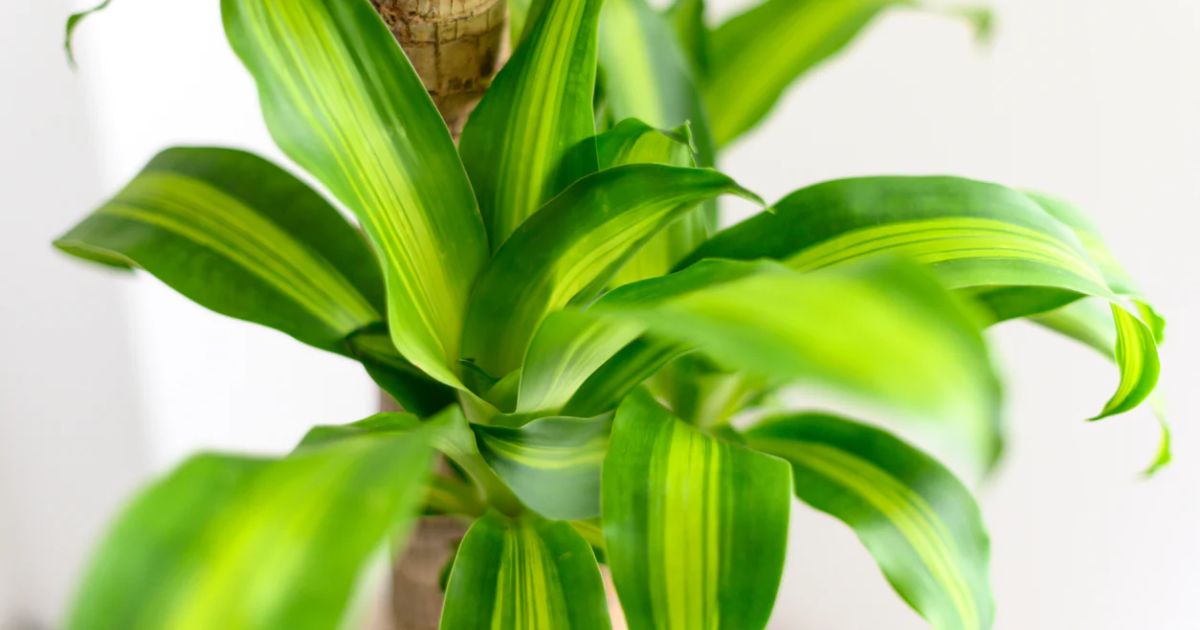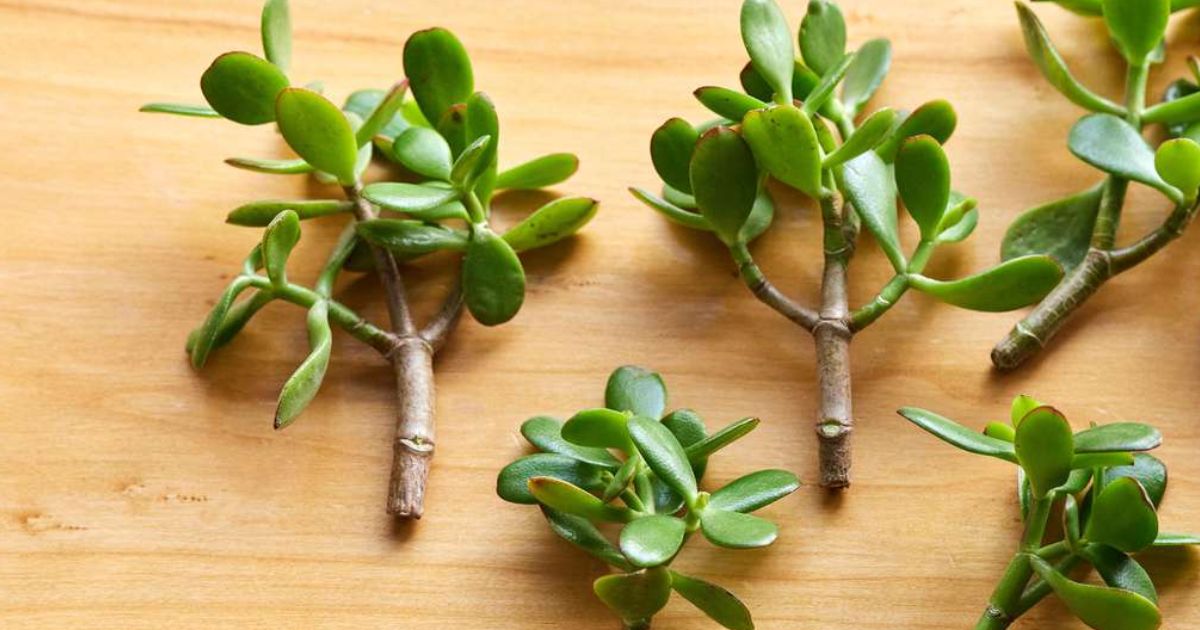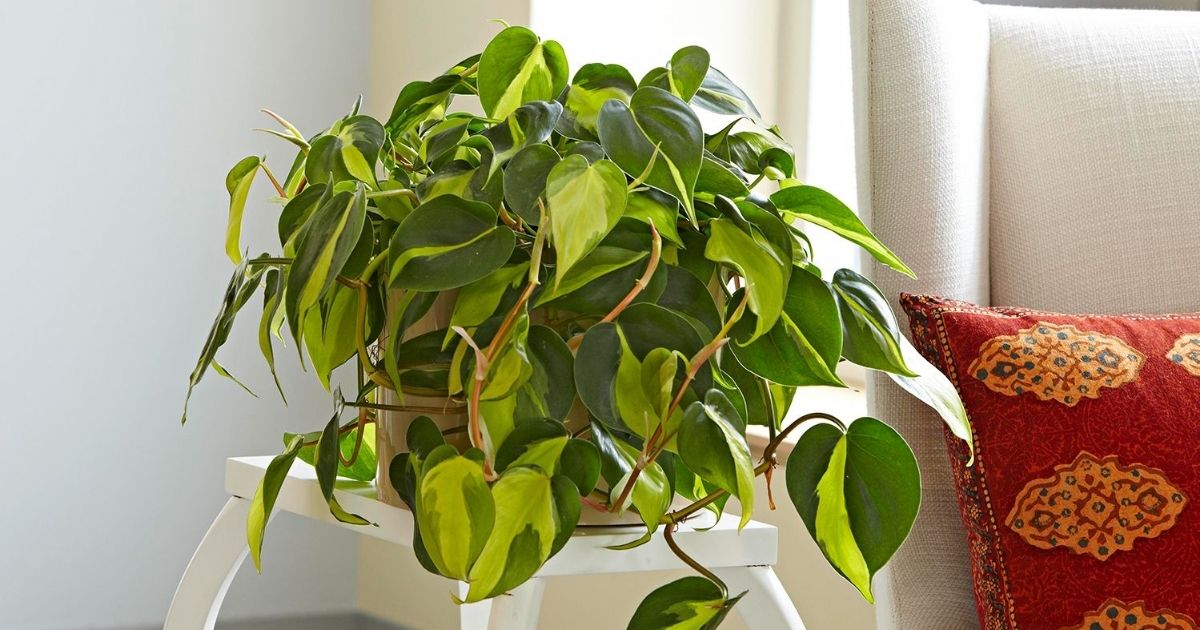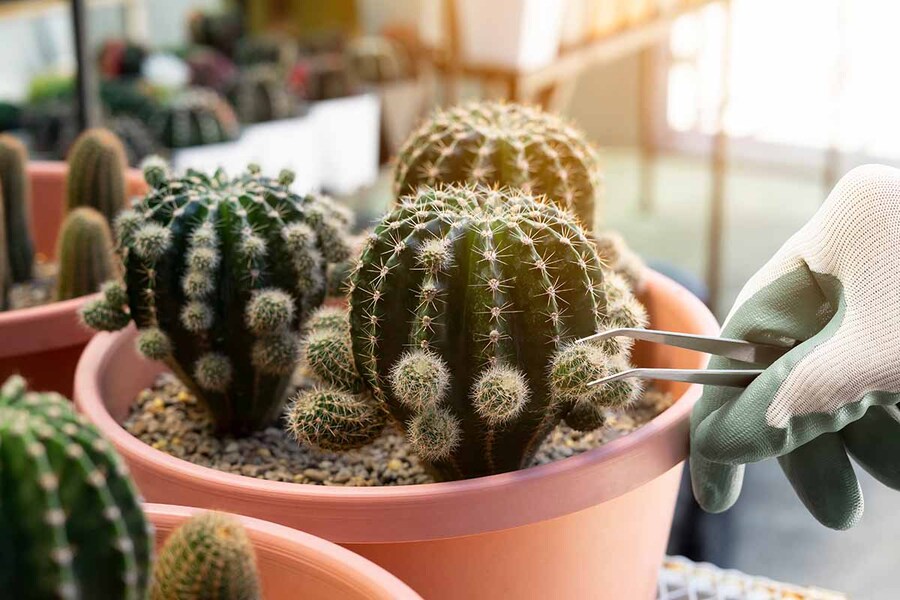How to Propagate Devil's Ivy: 3 Steps For A Succeed Bloom
Devil's ivy, also known as Pothos, is a popular and easy plant to grow. This leafy vine grows great indoors with minimal care, low light, and infrequent watering.
Beyond its inherent beauty, it is easy to propagate devil's ivy. In this guide, Benchmark Hydroponics’s experts walk you through how to propagate devil's ivy in 3 steps.
How to Propagate Devil's Ivy in 3 Steps
Before propagating your Pothos, you'll need to prepare some tools:
- A sharp, sterilized shears to make clean stem cuts.
- Spray bottle
- For water propagation:
- A clear container
- Freshwater
- For soil propagating:
- A pot with drainage holes
- A well-draining potting mix
- Fertilizer
Step 1: Choose the Right Cutting
You should select healthy stems with several leaves, ideally 4-6. These leaves usually have a vibrant green color and firm texture. They store a lot of carbohydrates, which is ideal for developing strong roots and surviving during growth.
Additionally, healthier stems convert light into energy more efficiently, giving your new devil's ivy a stronger start.
Then, you must make accurate cuts right below a leaf node, right at the bump where the leaf meets the stem. These nodes are where the plant naturally concentrates hormones and stores energy.
This is a closer look at the place to well-cutting the stem
Use sharp, sterilized pruning shears to minimize damage to plant tissue. Disinfecting the shears ensures you're not accidentally transferring bacteria or fungi to your new Devil's Evy.
Sterilize and clean your shears before cutting.
Step 2: Propagation in Water
Once you've prepared your healthy stem cuttings with leaves and nodes, it's time to give them an ideal place to develop roots.
Choose a clear glass jar or container as a clean environment. This allows you to watch the root development from outside easily. Ensure the container is thoroughly cleaned with soap and sanitized with 40°C water to avoid bacteria in your new plant.
Then, fill the container with fresh, room-temperature water at 20-21°C. It can be filtered water and bottled spring water. Tap water is generally acceptable. However, if your tap water has a strong chlorine odor, let it sit out for 24 hours to dissipate the chlorine.
Carefully place your cuttings in the water. Ensuring at least one node is submerged. The leaves themselves should ideally stay above the waterline.
Carefully check the water daily to make sure all your nodes are submerged.
Change the water in your container every 2-3 days. This provides fresh oxygen to your developing roots and keeps the environment clean.
It typically takes 1-2 weeks for visible roots to sprout from the submerged nodes. Be patient and constantly resist the urge to check or fiddle with your cuttings. New roots are delicate, and too much interruption can disrupt their growth.
New roots after 1 month are propagating in water
Step 3: Propagation in Soil
Devil's ivy is not only limited to water propagation. You can also successfully establish new plants directly in the soil.
The foundation for successful soil propagation starts with a well-draining potting mix. Devil's ivy dislikes soggy soil, which leads to root rot. Therefore, a well-draining mix allows excess water to prevent roots from potentially rotting.
Proper drainage encourages airflow around the roots, essential for healthy root development. A dense, waterlogged mix can suffocate roots and hinder their growth.
Perlite is a commonly used part of a well-draining potting mix
A pot that's only slightly larger from 1-2 inches than the root ball of your cutting is ideal. A large pot with much extra soil can stay wet for too long, increasing the risk of root rot.
Make a hole in the potting mix slightly more profound than the length of the bare stem on your cutting. Carefully position the cutting in the hole, ensuring the nodes are buried in the mix.
Water the soil generously until water drains freely from the pot's drainage holes. This helps settle the mix around the roots.
Only the leaves are beyond the soil.
You should water them wisely to keep the soil moist but not soggy. Water again when the top inch of soil feels dry to the touch. Devil's ivy is more tolerant of underwatering, so notice the side of letting the soil dry slightly between waterings.
How To Take Care Of Propagated Devil's Ivy
Devil's ivy originates from warm, tropical regions, hence, maintaining a warm environment is ideal for root development.
Aim for temperatures between 20-25°C. Avoid placing your plant near cold drafts or vents. While warmth is helpful, high temperatures can stress the plant. Avoid placing it in direct sunlight on hot days.
Devil's ivy thrives in bright, indirect sunlight. It is ideal to place it near a window with filtered light. Avoid direct sunlight, especially during harsh afternoon hours.
Being near a window is perfect for both water and soil propagation.
Occasionally rotate your pot to ensure even light exposure and prevent the plant from leaning towards the light source.
Once your plant has a healthy root system and new growth, use a diluted balanced fertilizer once every month during growing seasons.
Fertilizing your Pothos for the best growing stage.
We recommend occasional misting to maintain humidity, especially in drier environments.
You can mist your devil's ivy for daily humidity.
Devil's ivy is a popular choice as one of the best indoor plants. Benchmark Hydroponics has empowered you on how to Propagate devil's ivy effortlessly in water or soil using stem cuttings. Visit Benchmark Hydroponics' website for more useful information about plants.
Frequent Ask Question
1. Can Devil's Ivy Grow From A Cutting?
Yes, devil's ivy or Pothos is fantastic for growing from cuttings. Its ease of propagation is a significant reason for its popularity among houseplant enthusiasts. Taking a cutting and nurturing it into a new plant is a rewarding experience, and devil's ivy makes it very achievable.
2. How Do You Make Devil's Ivy Bushier?
There are a few key strategies you can employ to transform your devil's ivy from a single vine into a lush, bushy masterpiece:
- Regularly pinching stem ends encourages branching for a fuller look.
- Bright, indirect sunlight helps devil's ivy grow bushy, not straggly.
- Repot when roots fill the pot to support healthy, bushy growth.
3. How Do You Get Devil's Ivy To Branch?
The key to getting your devil's ivy to branch is encouraging growth from lower nodes.
- Pinch off the tips of trailing stems regularly. The plant's energy transfers from growing longer vines to sprouting new growth from those lower nodes.
- When it doesn't get enough light, it prioritizes growing taller to reach the light, resulting in fewer branches. Find a spot with good indirect light and rotate your plant for even growth. Consider grow lights if natural light is limited.
4. Where Do I Cut A Pothos To Propagate It?
To propagate your Pothos successfully, you'll want to cut it at the right spot: a healthy stem with nodes.
- Find a Strong Stem: Choose a healthy, mature stem that isn't too woody. This ensures your cutting has the energy to develop roots.
- Focus on Nodes: Look for the bumps on the stem where leaves meet – called nodes. New roots will emerge from these nodes.
- Cutting Length: A stem cutting with 2-3 nodes is a good starting point. You can go longer and divide the cutting later if desired. However, you should ensure each section has at least one node.
- Make the Cut: Cut the stem below a node using sharp, sterilized pruning shears. A clean cut promotes healthy root growth.




